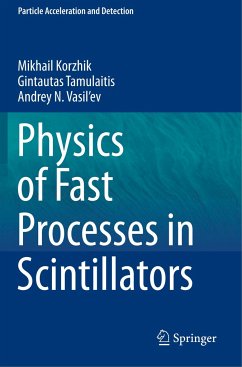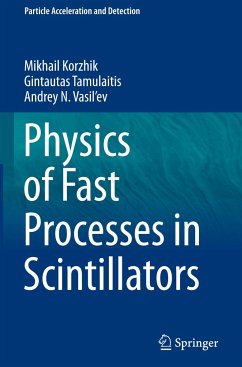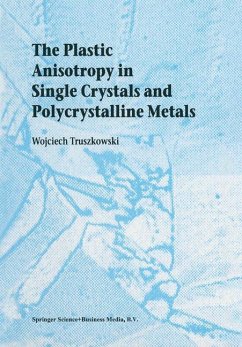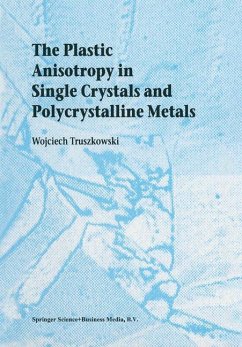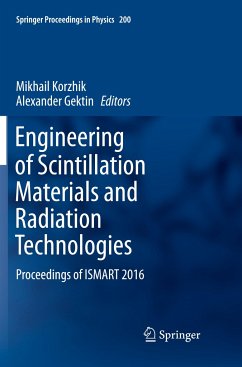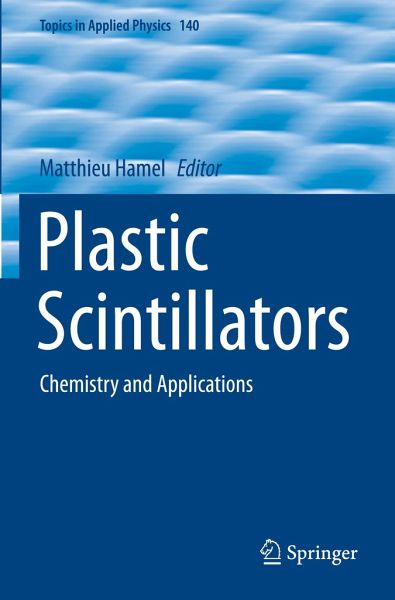
Plastic Scintillators
Chemistry and Applications
Herausgegeben: Hamel, Matthieu
Versandkostenfrei!
Versandfertig in 6-10 Tagen
98,99 €
inkl. MwSt.

PAYBACK Punkte
49 °P sammeln!
This book introduces the physics and chemistry of plastic scintillators (fluorescent polymers) that are able to emit light when exposed to ionizing radiation, discussing their chemical modification in the early 1950s and 1960s, as well as the renewed upsurge in interest in the 21st century. The book presents contributions from various researchers on broad aspects of plastic scintillators, from physics, chemistry, materials science and applications, covering topics such as the chemical nature of the polymer and/or the fluorophores, modification of the photophysical properties (decay time, emiss...
This book introduces the physics and chemistry of plastic scintillators (fluorescent polymers) that are able to emit light when exposed to ionizing radiation, discussing their chemical modification in the early 1950s and 1960s, as well as the renewed upsurge in interest in the 21st century. The book presents contributions from various researchers on broad aspects of plastic scintillators, from physics, chemistry, materials science and applications, covering topics such as the chemical nature of the polymer and/or the fluorophores, modification of the photophysical properties (decay time, emission wavelength) and loading of additives to make the material more sensitive to, e.g., fast neutrons, thermal neutrons or gamma rays. It also describes the benefits of recent technological advances for plastic scintillators, such as nanomaterials and quantum dots, which allow features that were previously not achievable with regular organic molecules or organometallics.






